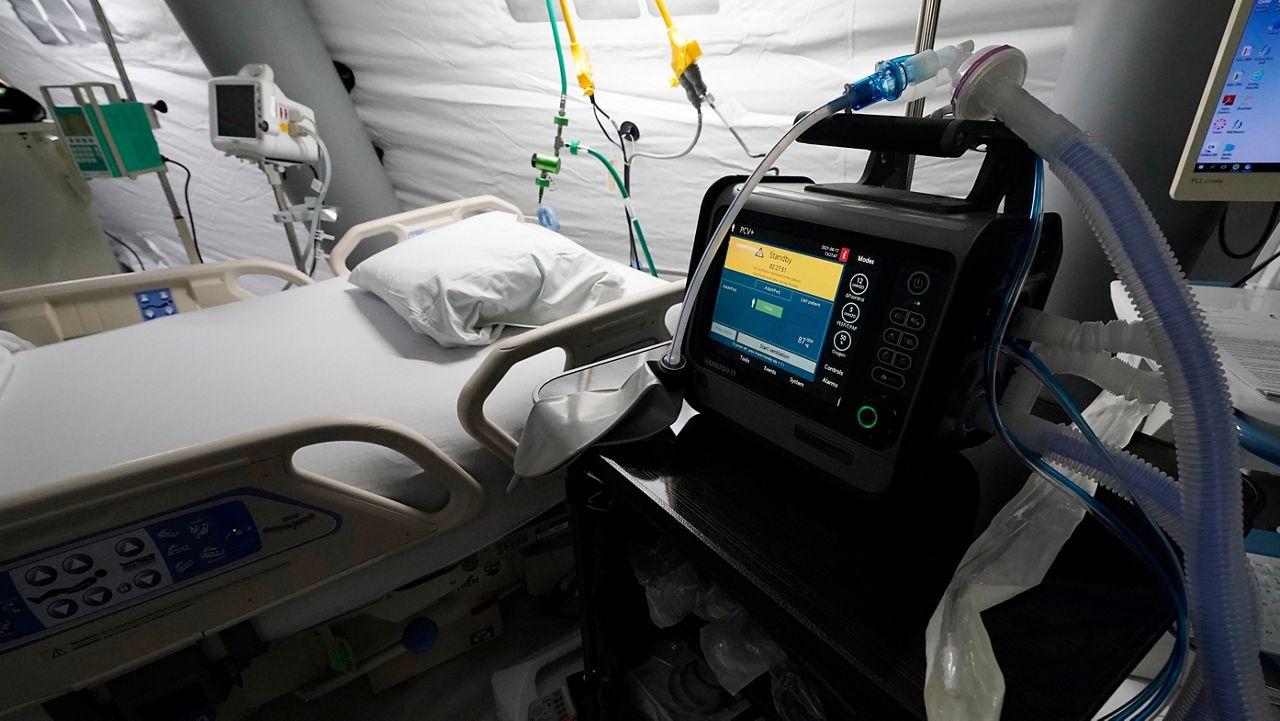Brittnee Mexico is a child development instructor at Mohawk Valley Community College.
“I wanted to be a teacher my entire life,” Mexico said. “I was playing school at 6 years old.”
She said her class covers all domains of child development, so Mexico is aware of the changes the CDC recently made to their developmental milestones.
“I think it was definitely due for revisions. It’s been two decades, so I think it was time, and I think it will be a good thing,” Mexico said.
The CDC says it updated the milestones to “reflect what most children, 75% or more, would be expected to exhibit by specified ages to better identify potential concerns.”
Mexico says previously the CDC’s benchmarks were set at 50%, meaning it wasn’t so clear if a child was where they should be in development.
“It went from 50% to 75%, which is gonna help providers and parents identify if there really is an issue, and really what’s important is as long as there’s progress,” Mexico said.
One change included eliminating crawling as a milestone.
“Not all children crawl,” Mexico said. “So the standard knee-and-hand, not all children do that. Some children sit on their bottoms and scoot. Some don’t crawl at all, they just stand and walk. They also backed up walking to 18 months, and that really goes with the 75%, so 75% of children are really walking unassisted by 18 months instead of 12 months.”
Mexico is also glad to see the CDC adding 15- and 30-month checklists, as well as open-ended questions for conversations between health care providers, parents and others.
“I think with the new open-ended questions, the new checklist, and with some tips and the activities that they’ve included on their website that parents have access to, it will definitely be helpful,” Mexico said.
The CDC says their milestones are not developmental screening tools, nor are they new standards or guidelines. Rather, they are communication tools aiming to promote developmental monitoring and encouraging conversations about child development.
The CDC said it did not make changes in relation to the pandemic, as research was being done before.










